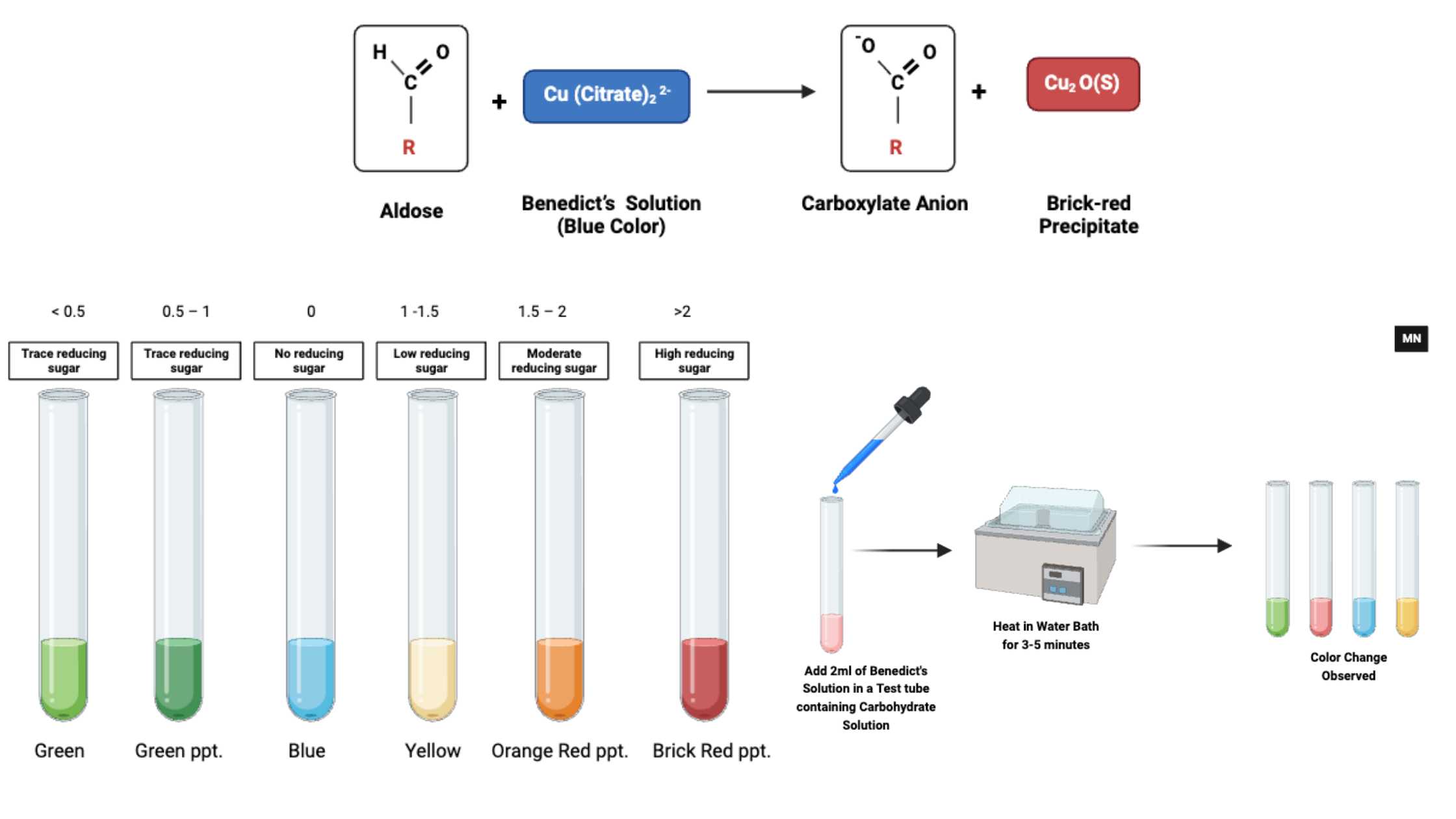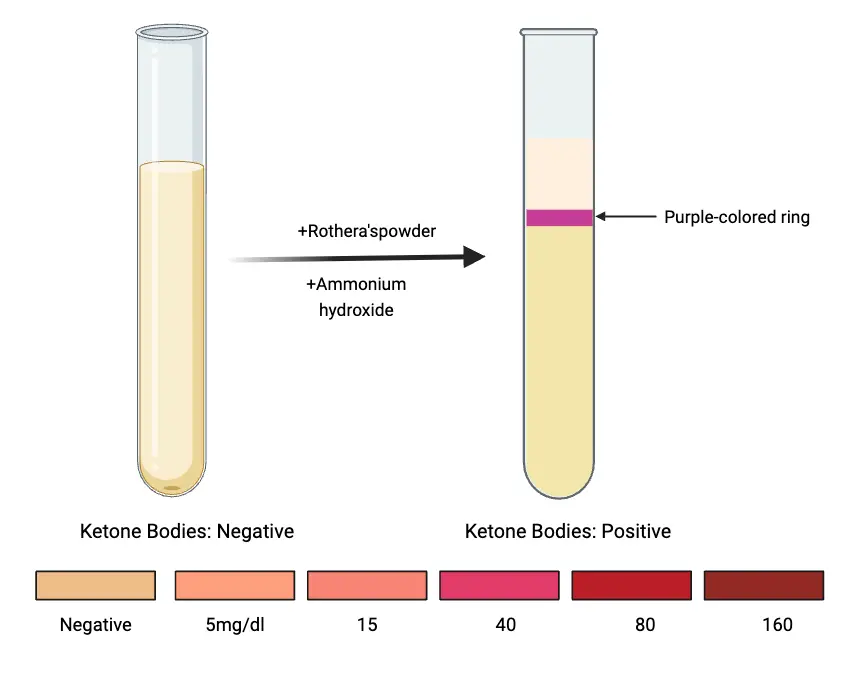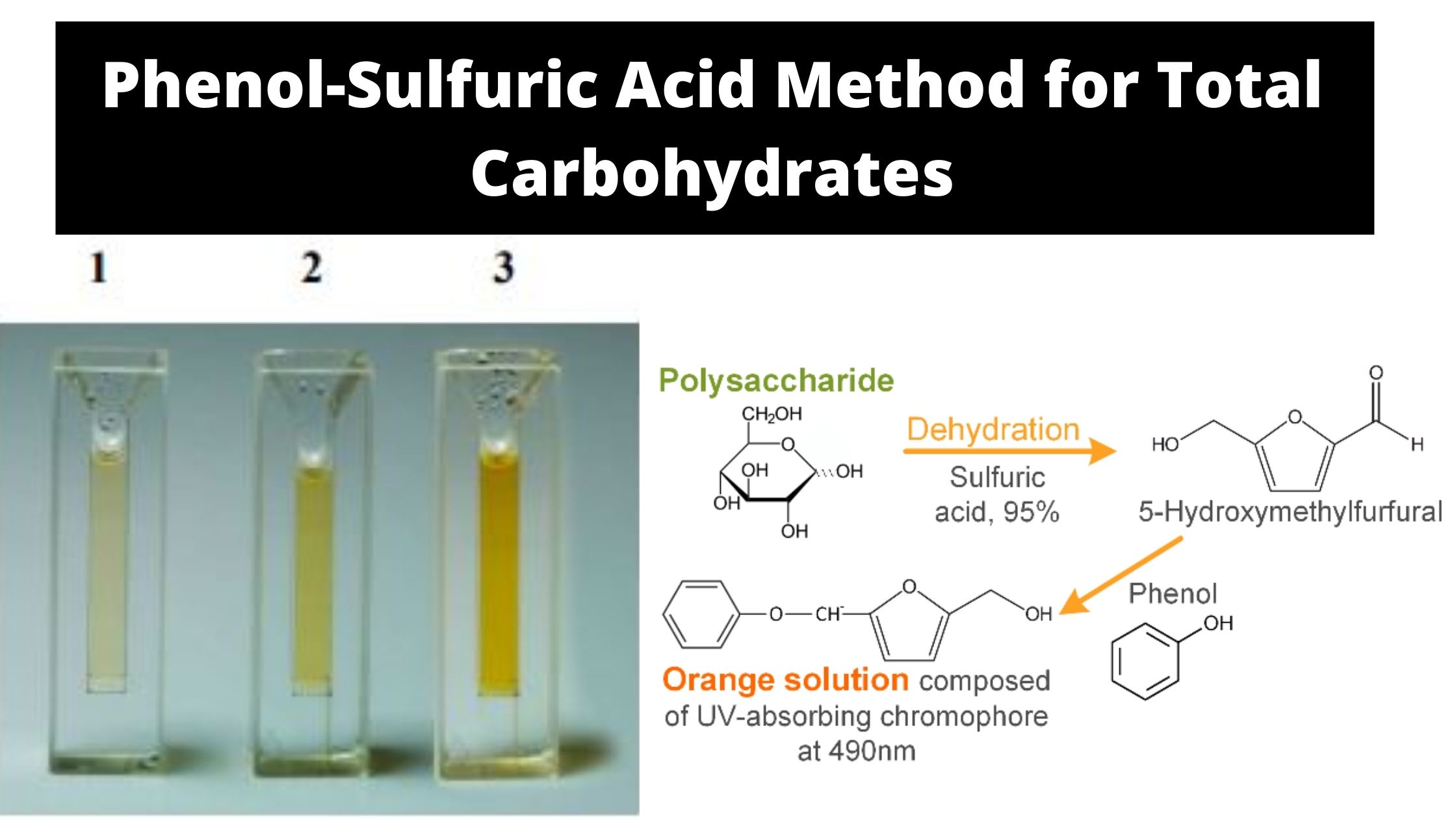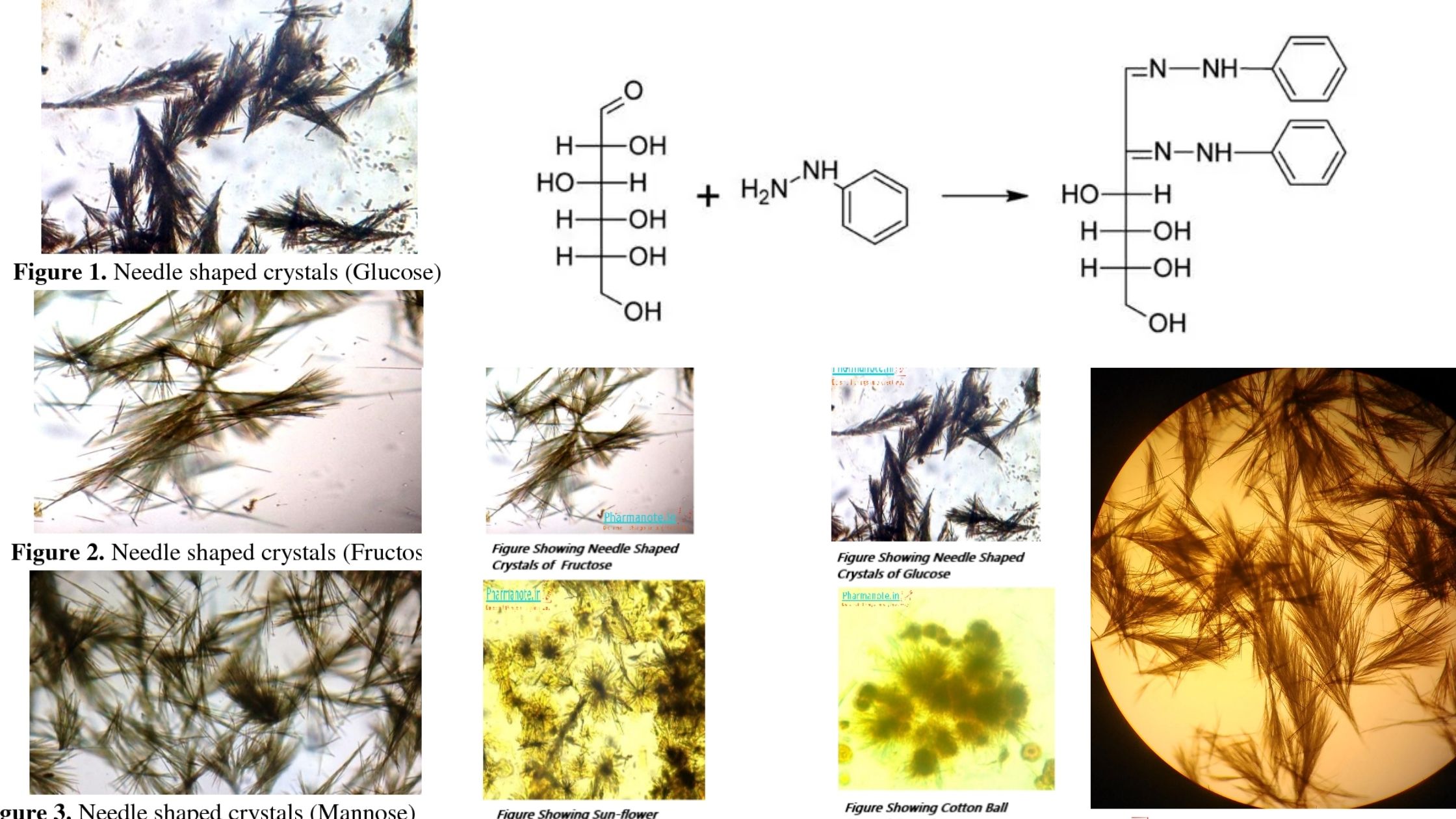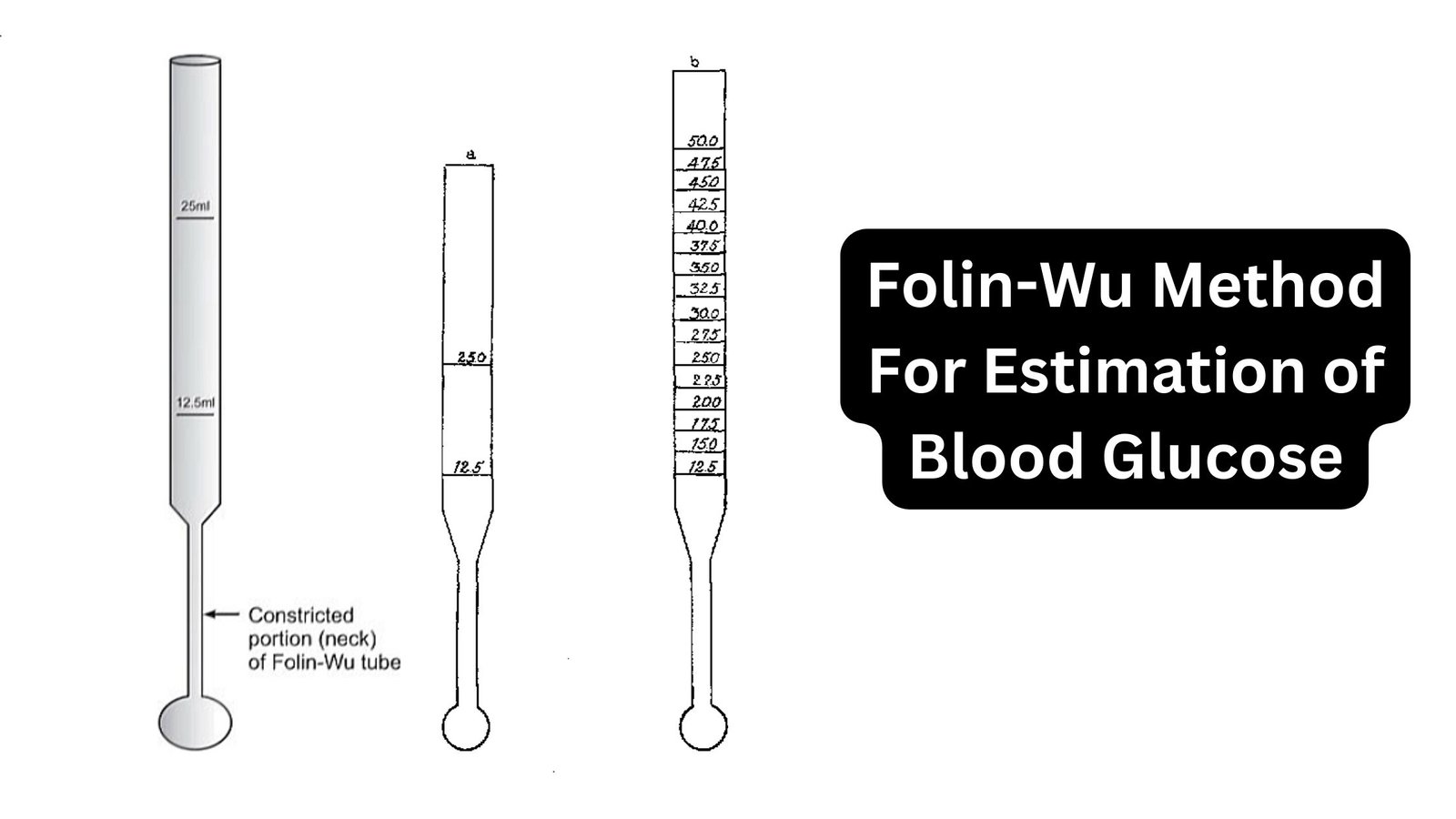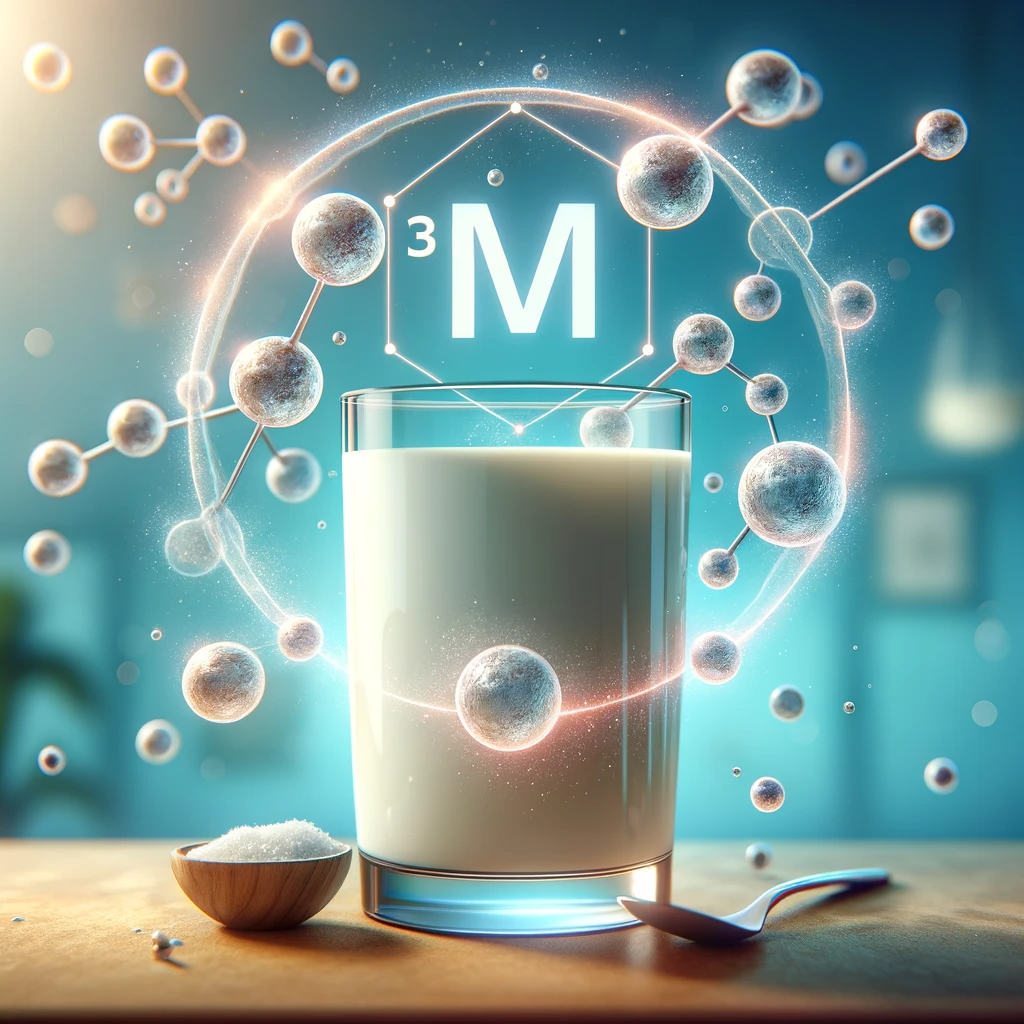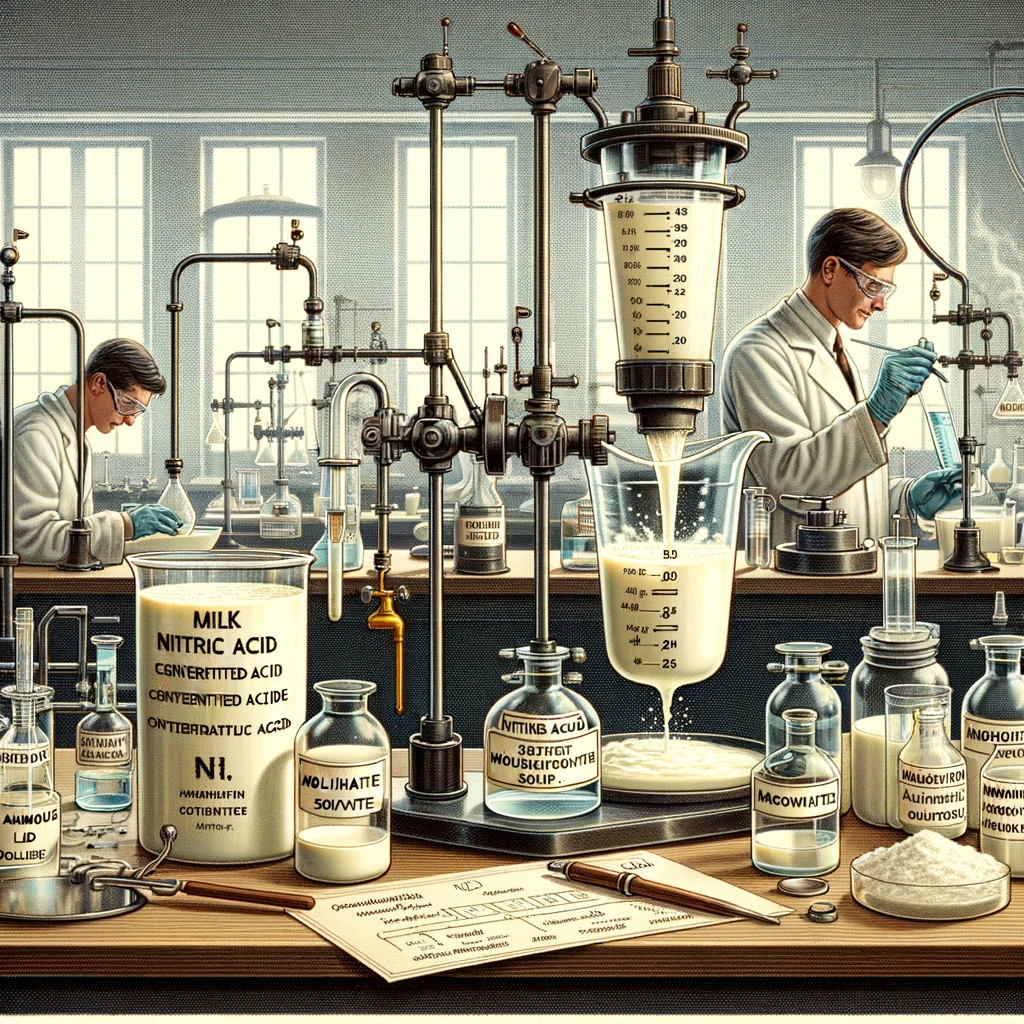Seliwanoff’s Test – Principle, Procedure, Result, Uses
What is Seliwanoff’s Test? Seliwanoff’s Test is a fundamental biochemical assay designed to distinguish between aldose and ketose sugars based on their structural differences. Named after chemist Theodor Seliwanoff, this test leverages the principle that ketoses (sugars with a ketone group, like fructose) dehydrate more rapidly than aldoses (sugars with an aldehyde group, like glucose) when heated with a … Read more

